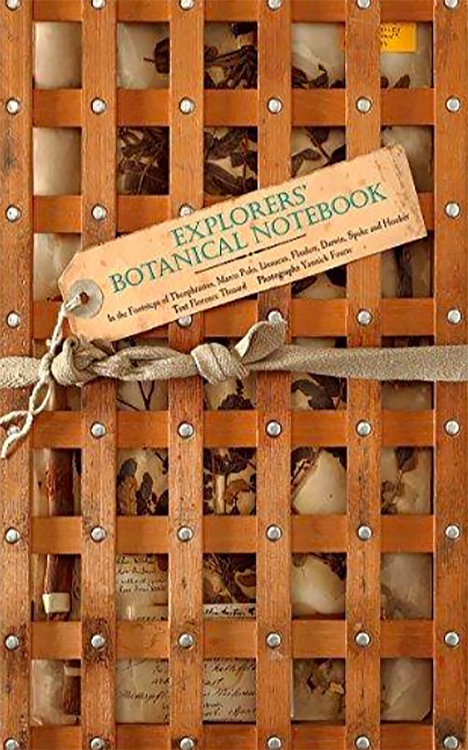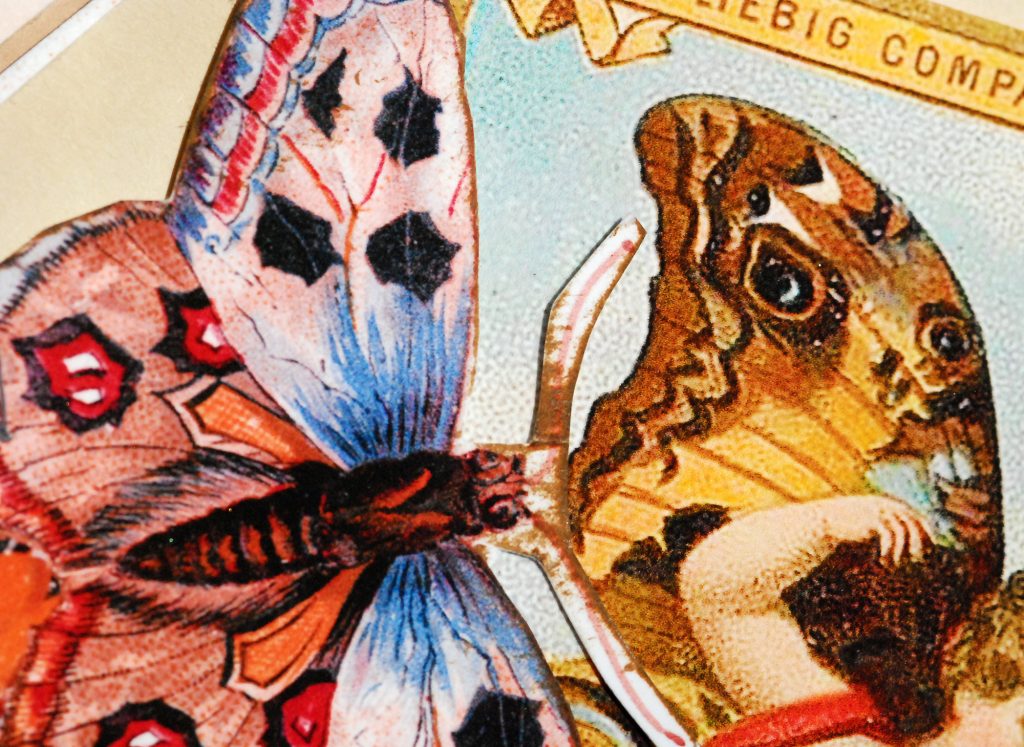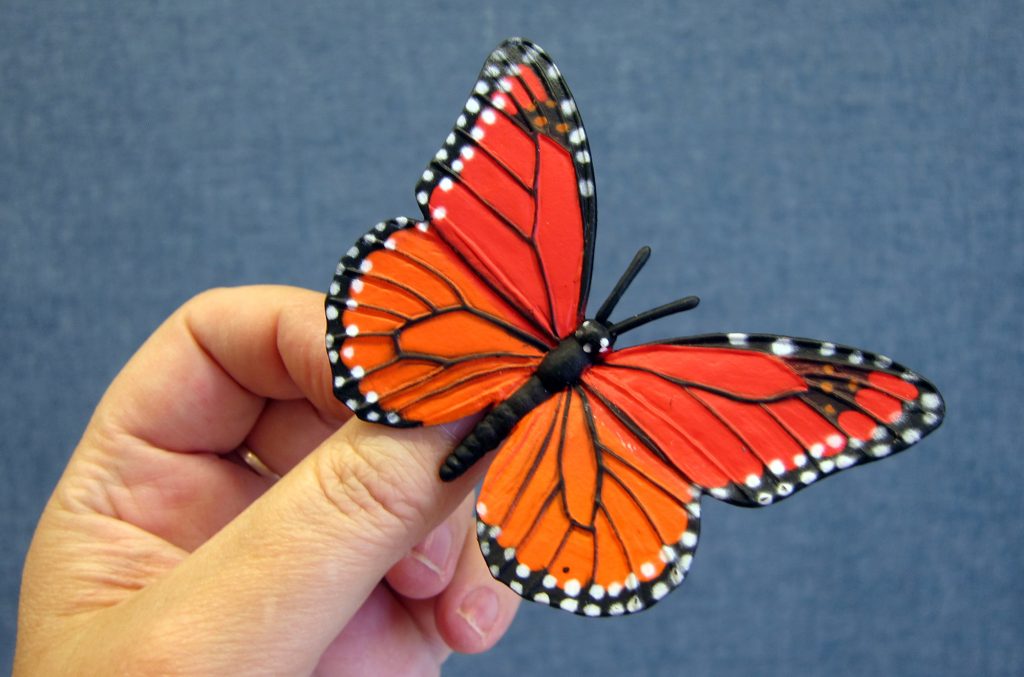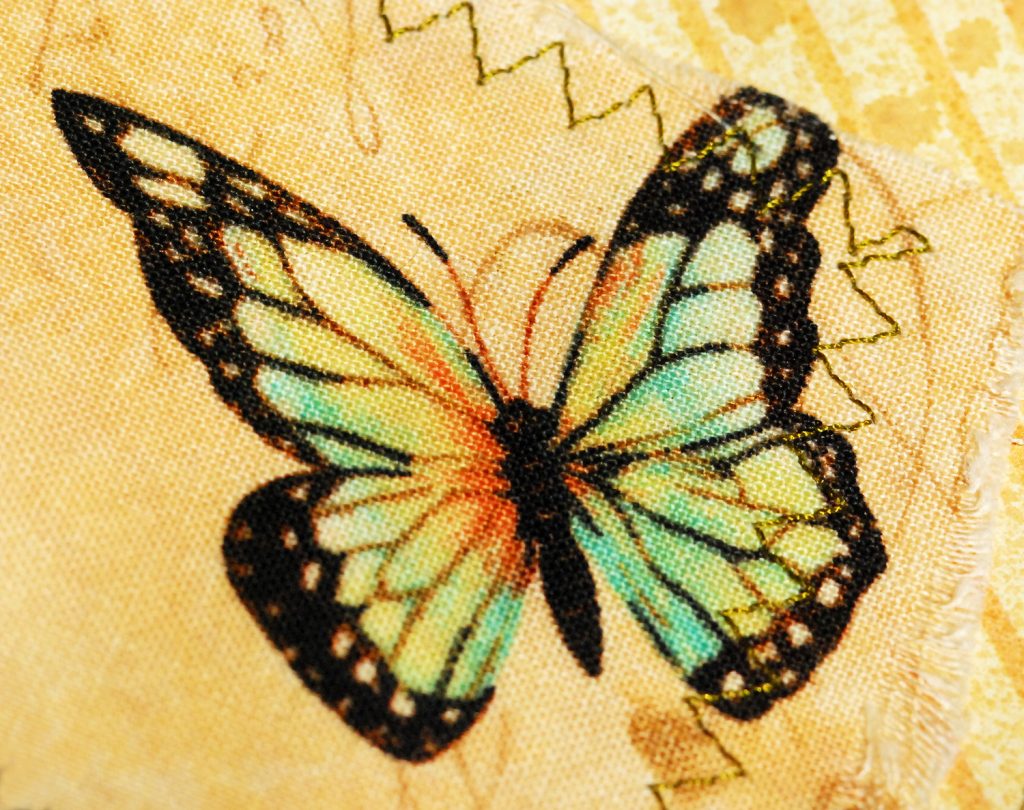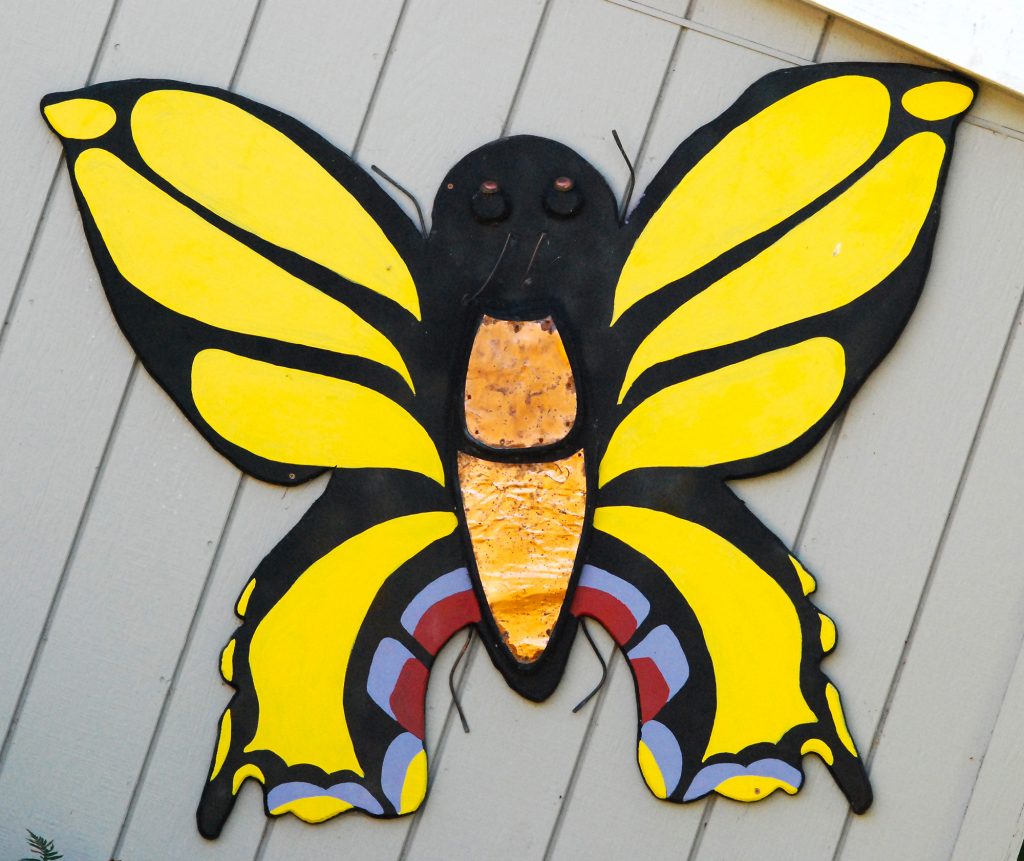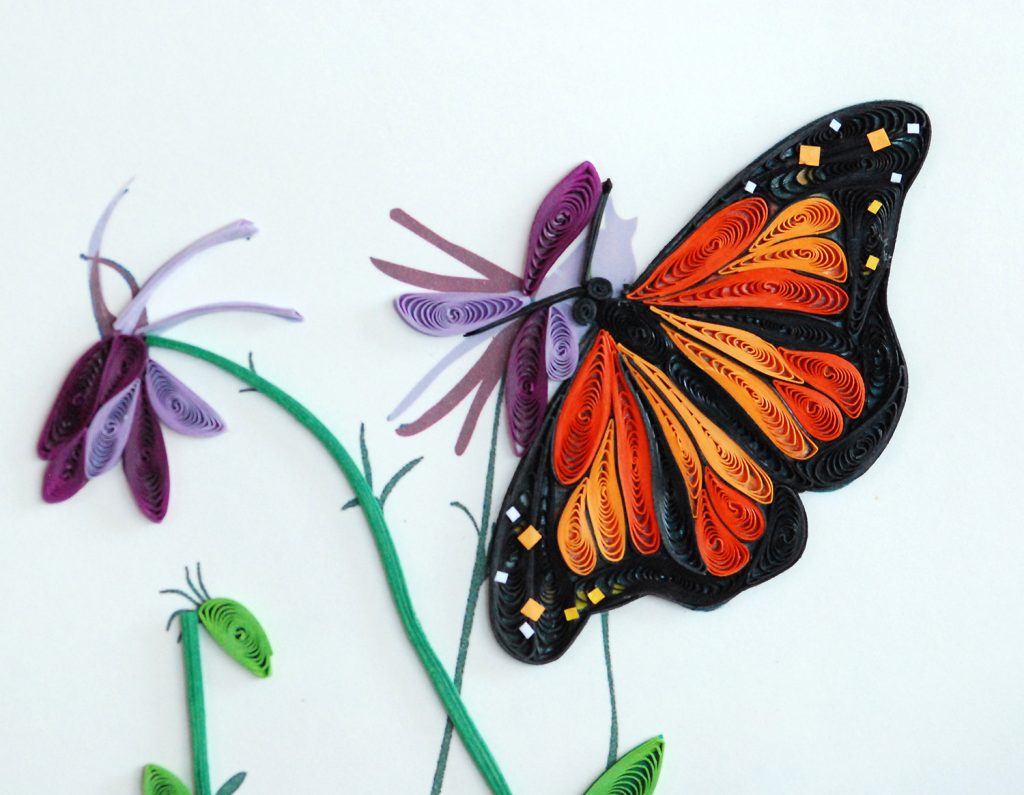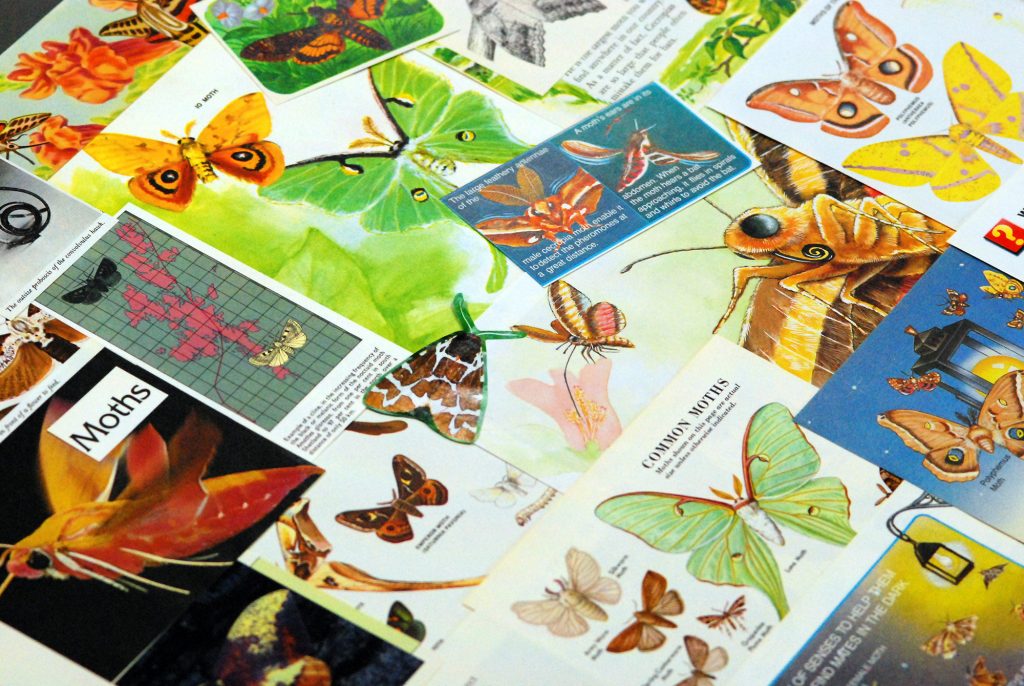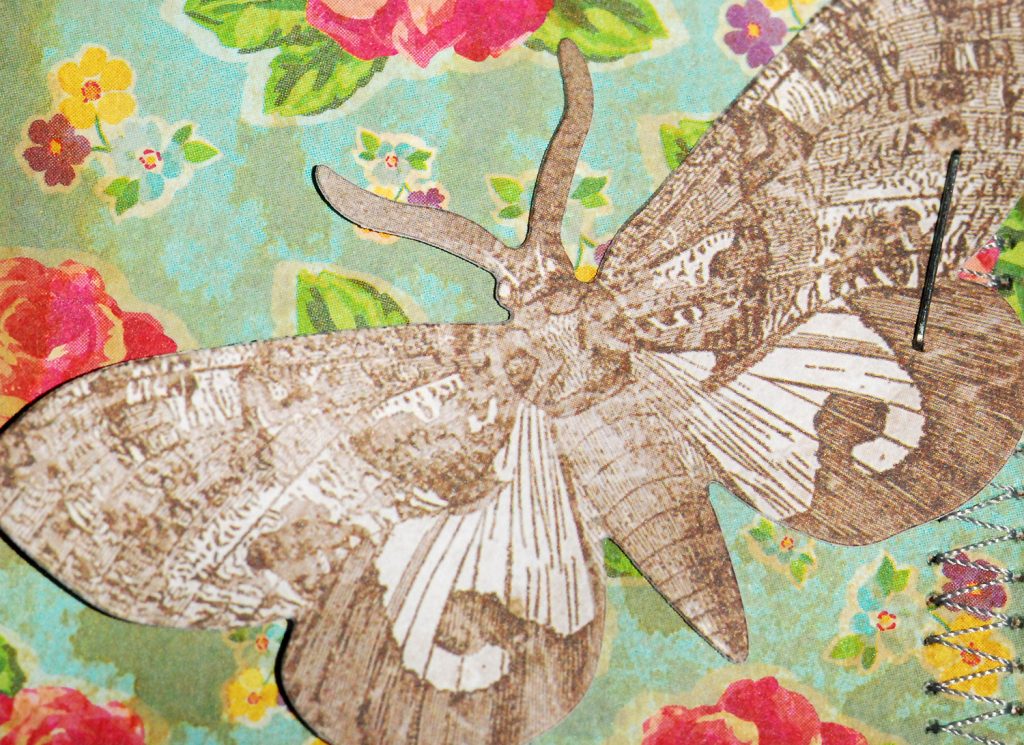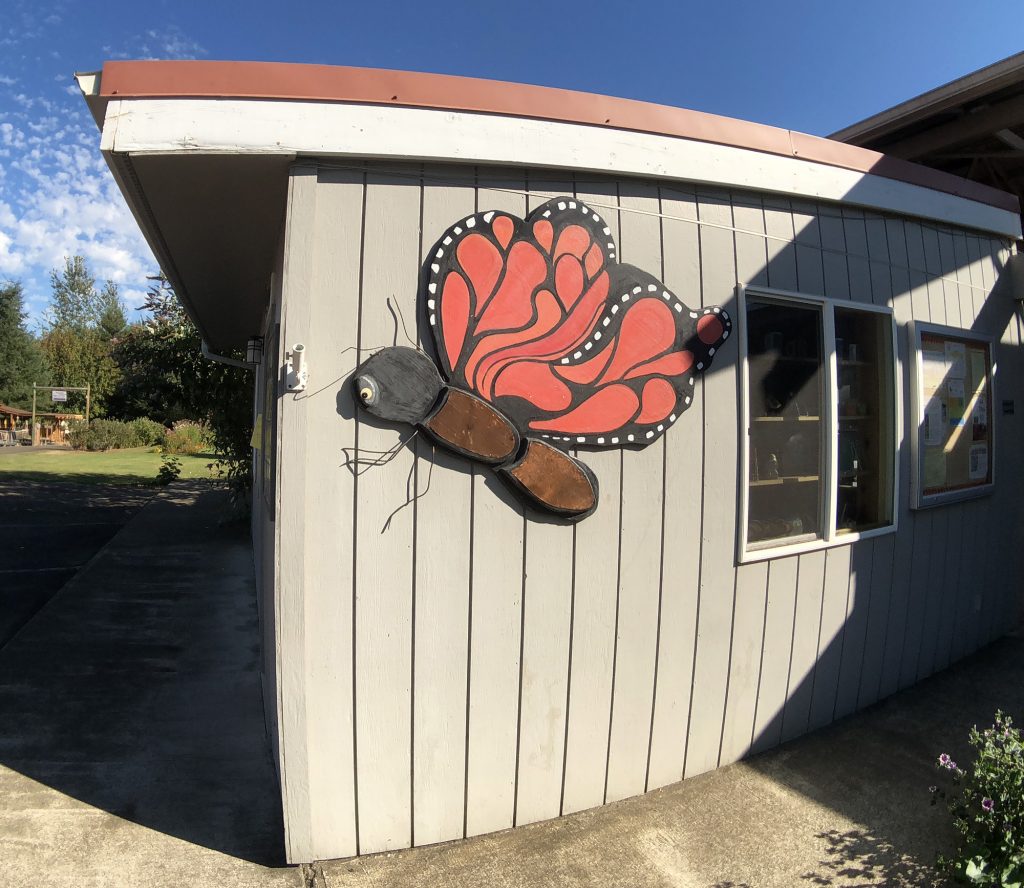Module/Week 4 Species
Resources
Additional activities, a behind-the-scenes gallery, recommended books, and more.
About this Guide
Close to Home
This is the view just down the road from where we live; Mary’s Peak, the highest point of the coastal range is on the horizon. Many people in the area use it as a symbol of home. Even though we’ve lived in this area for over 30 years, we are still finding new organisms every week. It is terrific to travel to distant locations, but don’t miss the amazing life close to home.
Lesley
Lepidopteran Gardens
Butterfly Rest Stops
The decline in well-known butterfly species gets a fair amount of news attention. Setting up gardens with water and specific food resources may be the only way to prevent extinction, similar to many bird species. Learn more about the Monarch butterfly and recommendations to try to save the remaining populations.
Not just for the birds & the bees
When you see a sunflower garden during the day, it is usually covered with bees when in flower and with birds when the pollinated flowers have produced seeds. What many people don’t realize unless they have sat quietly in the garden at dusk, is that the large glowing yellow flowers attract moths like lighthouse beacons. Planting flower gardens can benefit a variety of species.
Art-Science Connections
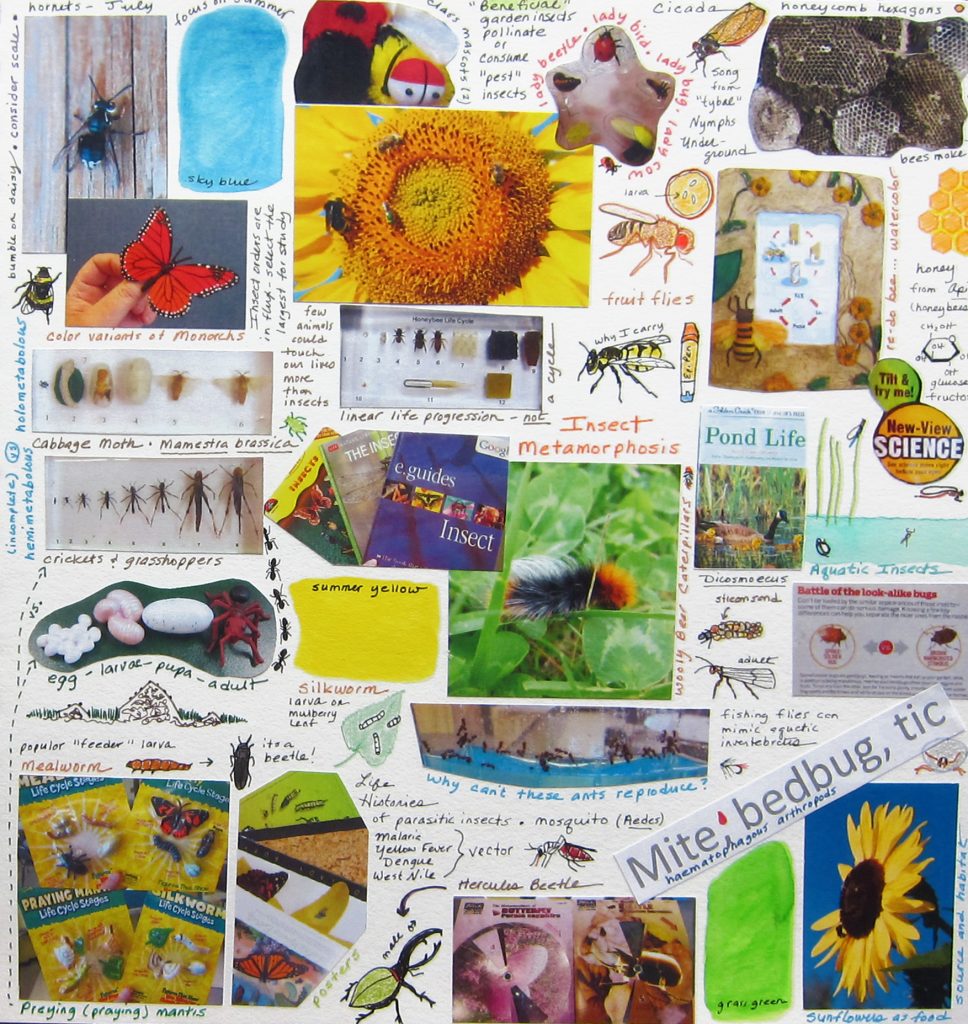
Collect small pieces of your art work and arrange them into a collage. There is less pressure to produce a single “perfect” large piece, and the smaller pieces can combine to produce a new, richer perspective.
This piece incorporates photos, notes, and sketches about insects that are covered in this course.
Another option is to collect and organize “found” objects: magazine ads, wrappers, fabrics, small objects. Animals are well-represented in media.
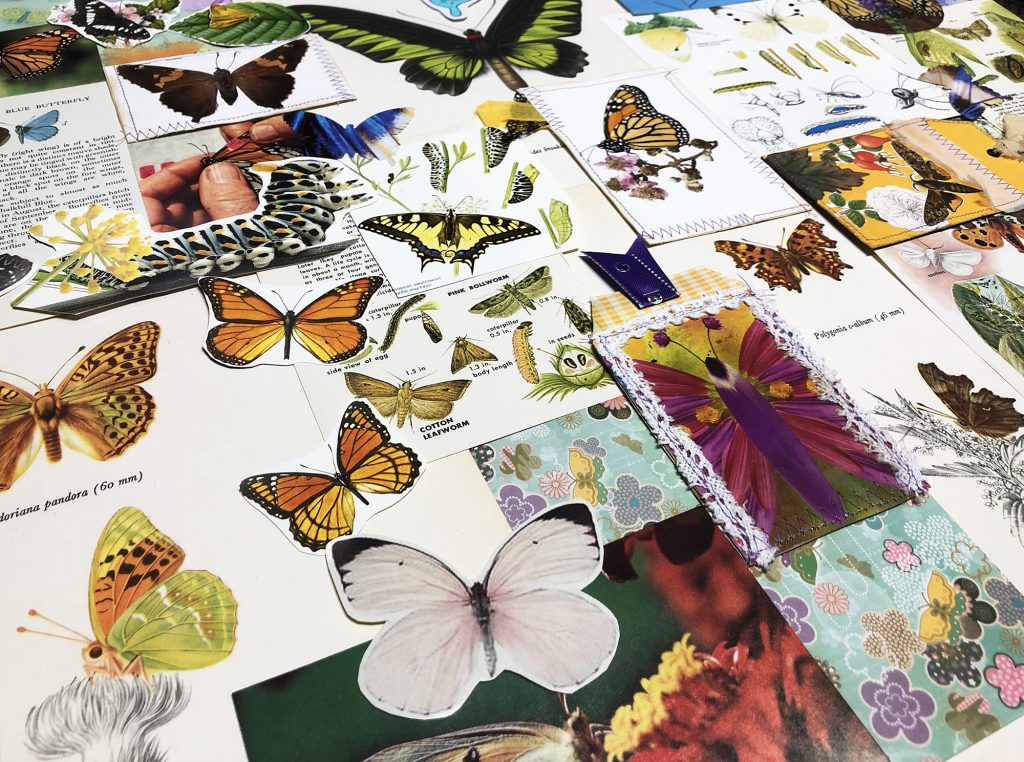
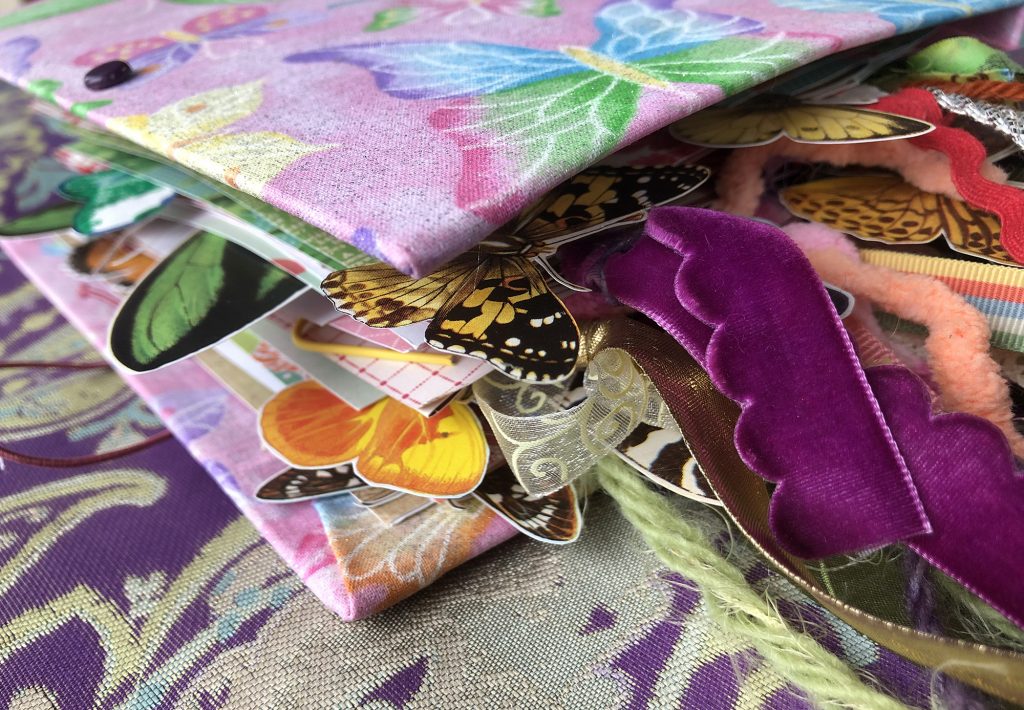
This is a Lepidopteran journal packed with found objects all related to the theme.
Behind-the-Scenes
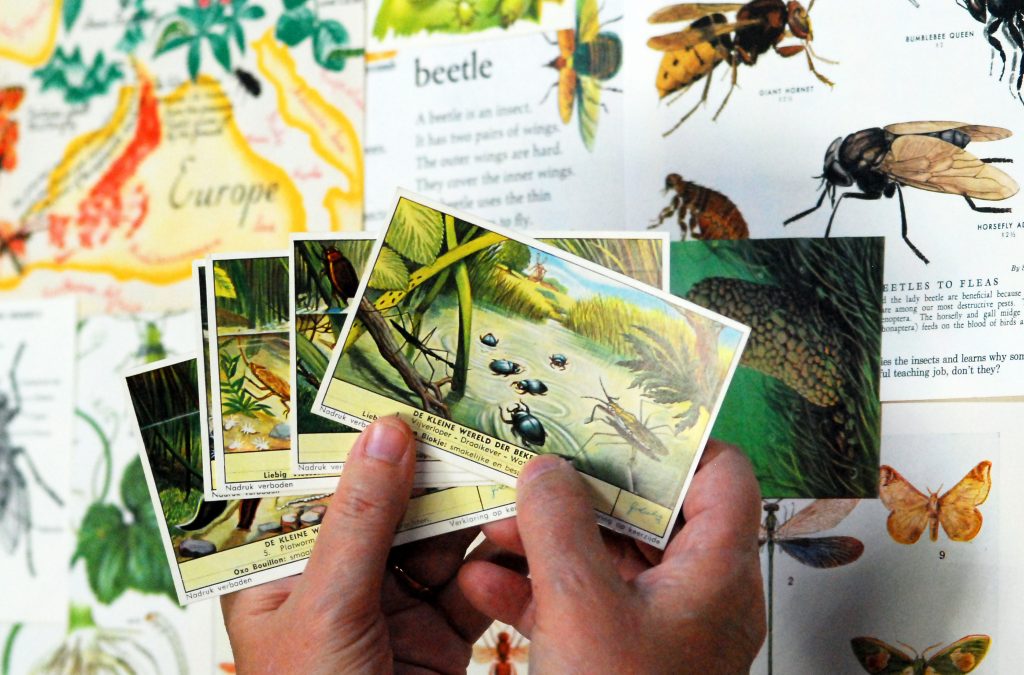
Insect Ephemera
Some of the insect species in our ephemera collection have declined significantly in population size, primarily due to reduced habitat. When these cards were produced in the 1950s, the illustrated insects were abundant.
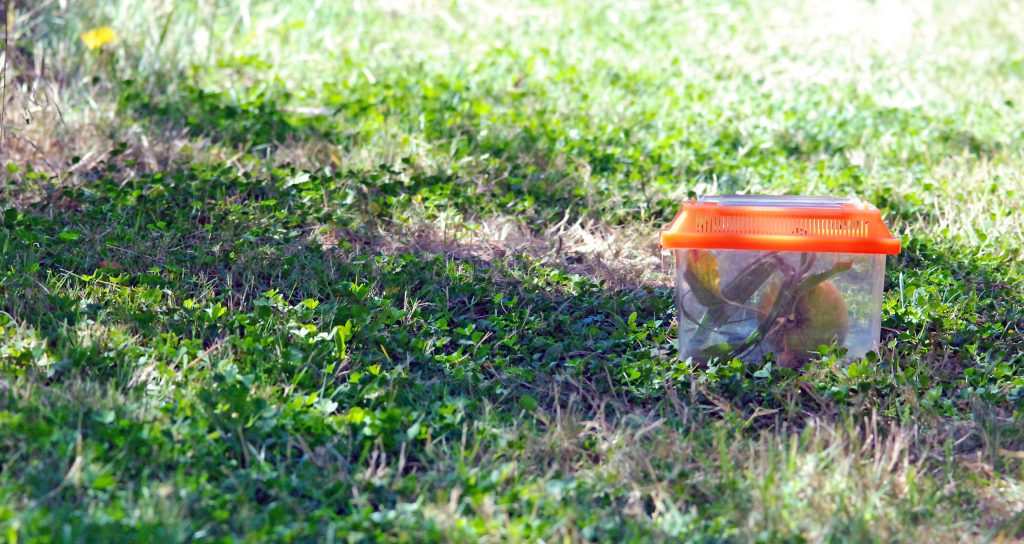
Ready for Action
Some of the photos were made by temporarily placing insects and their plants in a small container to control lighting and reduce wind impact.
Vertebrates
Winter Feeders
Keep track of how many birds you encounter in a single day: wild birds, food, decorations, movies, cultural references… It is quickly apparent that we interact more with these animals than most others.
Squirrel!
If you want a reliable animal source of data, find a squirrel’s territory and watch it at different times of day and from one season to the next. For some reason, we do not have a squirrel population on our 10 acres, even with an oak grove and plenty of nesting spots. It could be the fox or feral cats in the neighborhood. So we live vicariously through everyone else’s squirrels.

Seed Study
Set up different seeds in different feeders and record bird preferences. See if it correlates with beak shape and size.

Winter Energy
Some birders put out suet blocks in the winter as a calorie source for birds. Suet is a hard white fat made from the kidneys and loins (area on both sides of the spine right above the hipbones) of cows and sheep.

Learning Experiences
It never really gets easier working with recently dead organisms, but we try to turn them into educational opportunities whenever possible.

Replicas
For those species that are protected and uncommon, we use replicas of bones and fur. Some are so well made, they are difficult to distinguish from the real thing.
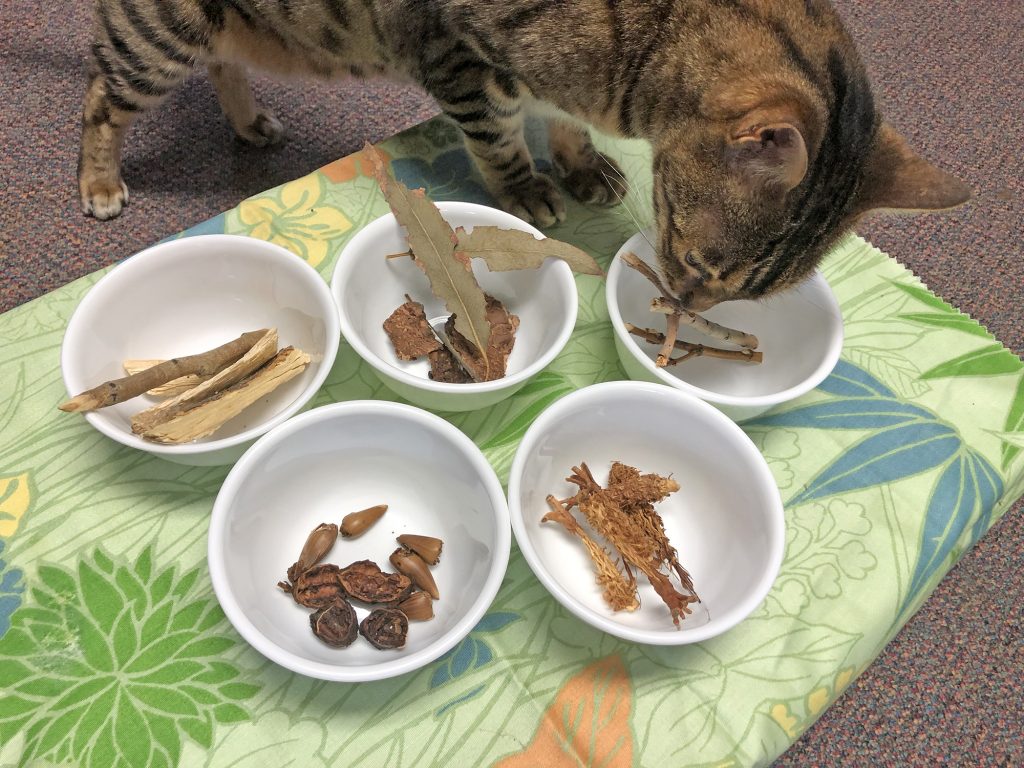
Close Inspection
We shoot a lot of our course video at home, and can count on Tanji checking out the materials in advance. We kid that he is our “safety inspector.”
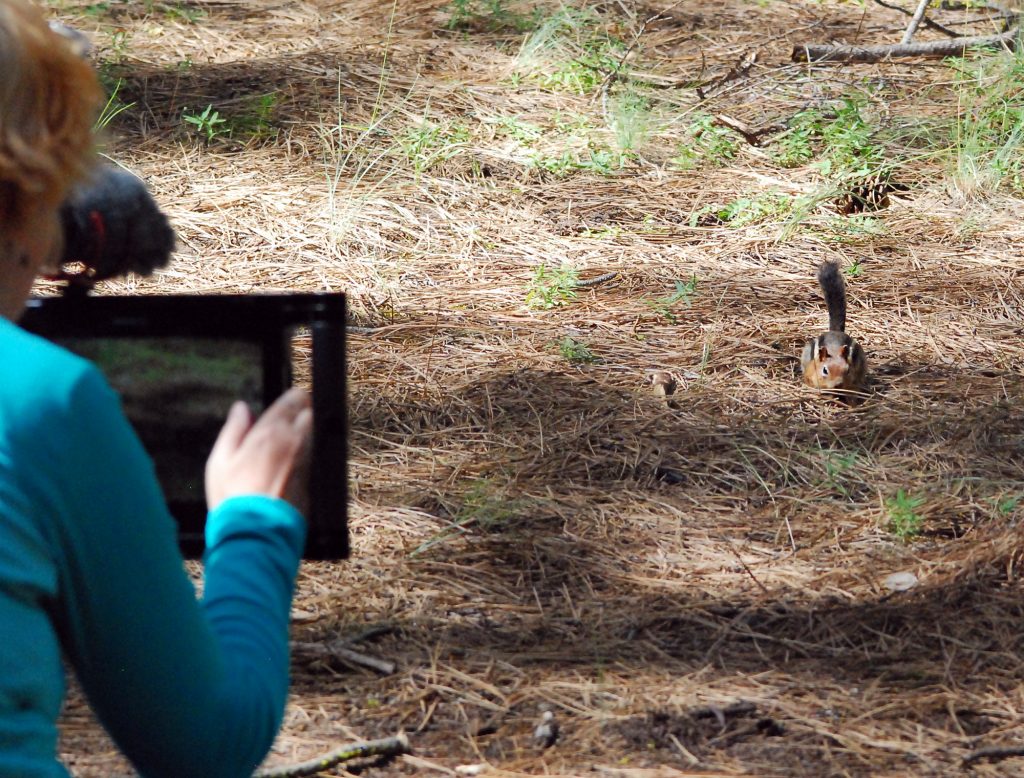
Eager Subjects
We were worried the ground squirrels wouldn’t show up, but they came right up to us in the National Forest parking lots. We suspect they’ve been snacking on the refuse.
Living Anatomy
Some species of fish like this “Glass Catfish” (Kryptopterus vitreolus) have transparency that allows viewing of internal organs, including the bones. We’re locating species that could teach aspects of anatomy without dissection.
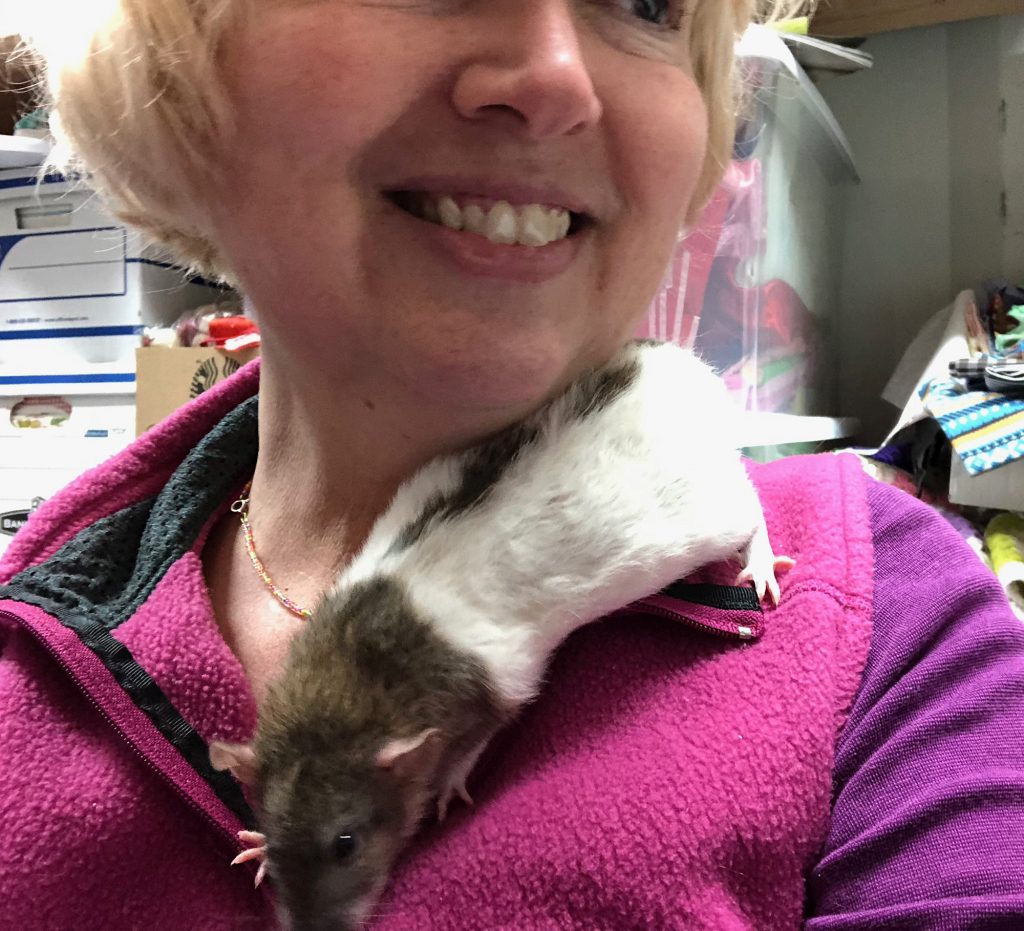
Bonding
If you saw the rat introduction videos on the mendelian genetics lab page, you know this little brown agouti hooded rat is not shy. His name is Binx and he is leading the way to get held and carried around.
Recommended Books
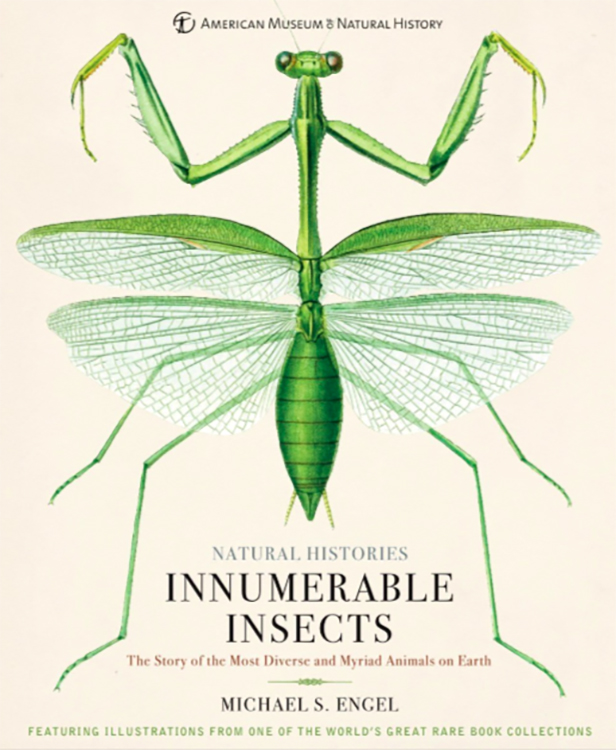
Experience the diversity of insects in a new way with incredible illustrations.
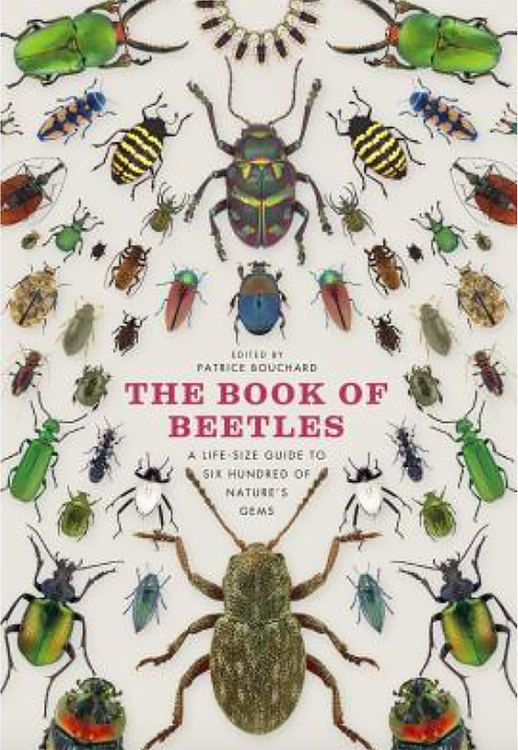
Become a beetle enthusiast if you are not one already.
